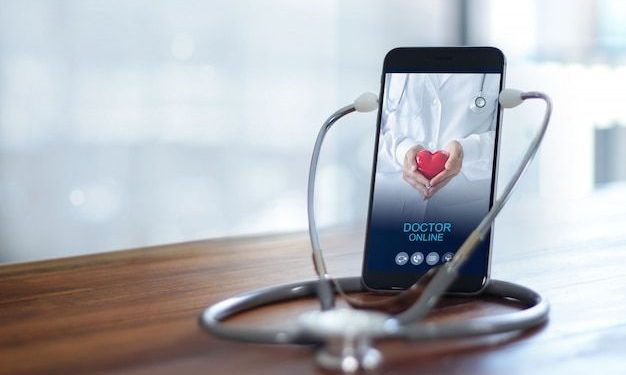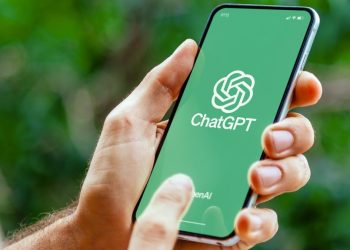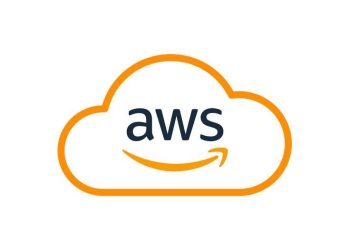Jakarta, Indonesia Sentinel — A recent study has revealed that around 69% of Indonesia’s younger generations, including Gen Alpha, Gen Z, and millennials, are turning to telehealth apps for medical consultations and treatments. The research, conducted by Lokadata.id, underscores the growing reliance on digital health platforms in a country where health awareness is on the rise.
The survey, conducted between November 30 and December 7, 2024, polled 1,762 respondents. Of those surveyed, 69% reported using telehealth apps for their healthcare needs, with many utilizing more than one platform.
“Younger people, especially those we surveyed, tend to use telehealth apps, with 69% of them relying on more than one application,” said Suwandi Ahmad, Chief Data Officer at Lokadata.id, during the GDP Venture Powerlunch event in Jakarta on Wednesday, January 22, as reported by CNN Indonesia.
Top Telehealth Platforms in Use
Among the most popular telehealth apps in Indonesia, Halodoc emerged as the dominant platform, used by 54% of respondents. According to Katadata, the surveys shows several popular platforms included:
- Halodoc 54%
- Alodokter: 27%
- KlikDokter: 5%
- LinkSehat: 5%
- GrabHealth: 4%
“Halodoc has dominated the telehealth landscape in Indonesia over the past three years,” Suwandi noted.
He explained that respondents often use multiple apps to compensate for the strengths and weaknesses of each platform, ensuring they have alternative options when seeking healthcare services.
Convenience Drives Popularity
Regarding the reasons for choosing telehealth, Suwandi initially suspected that its popularity among young people was linked to their cultural tendency toward laziness and avoiding physical effort.
“At first, we thought this was a generation that simply prefers to take it easy,” Suwandi said. “But it turns out the main reason they use telehealth is practicality.”
Respondents cited various reasons for using telehealth apps, with the most common being the ability to avoid long queues. Waiting in line, they said, is one of the most frustrating aspects of seeking medical care.
“Spending four to six hours on a single consultation at a healthcare facility, including waiting for prescriptions, feels like a waste of time,” Suwandi added.
He also noted that telehealth apps help users save on transportation costs. Many platforms now offer medication delivery services, allowing patients to receive their prescriptions without leaving their homes.
Concerns Over Telehealth Services
Despite the convenience, respondents also voiced concerns about telehealth services. Among the most common issues were doubts about the accuracy of diagnoses and discomfort with virtual consultations.
“Some respondents felt as though they were talking to a robot or AI. Even when the diagnosis seemed correct, the explanations felt impersonal, as if copied from generic references,” Suwandi said.
Another significant concern was the potential for data breaches. Users expressed unease about their personal information being misused, with many attributing this fear to a lack of emphasis on data security by telehealth providers.
“While many apps promote secure payment systems, few highlight robust campaigns around user data protection,” Suwandi added.
Read also : Survey Shows Indonesian Gen Z Spends 75% of Their Income on Food
A Growing Trend
As telehealth becomes an integral part of Indonesia’s healthcare landscape, the study suggests there is ample room for improvement, particularly in addressing concerns about data security and enhancing the user experience.
With convenience and accessibility at the forefront, the trend reflects a shift in how younger generations approach healthcare in an increasingly digital world.
(Raidi/Agung)

























